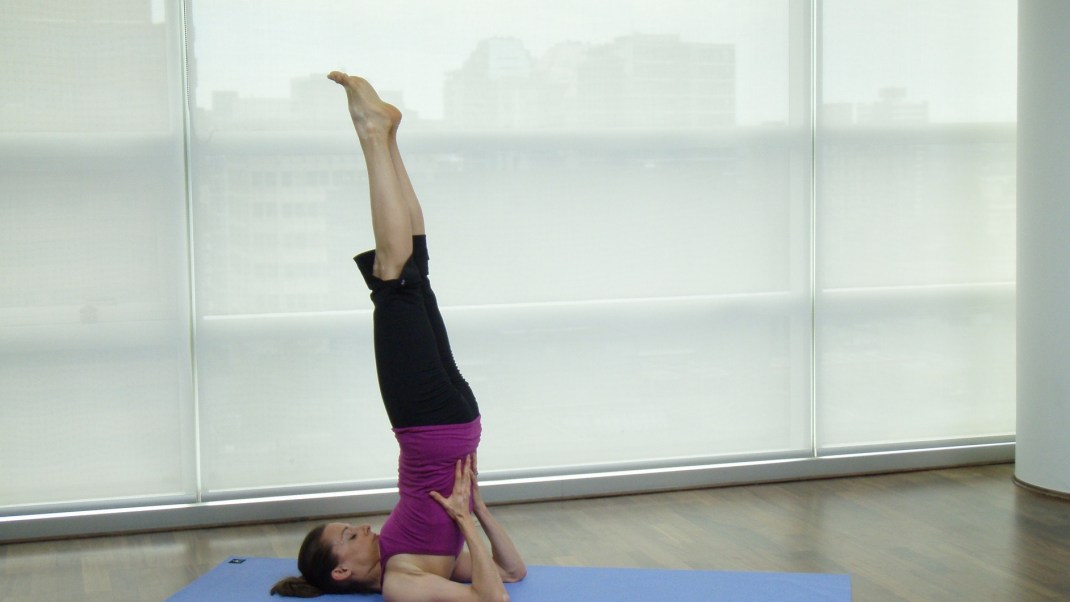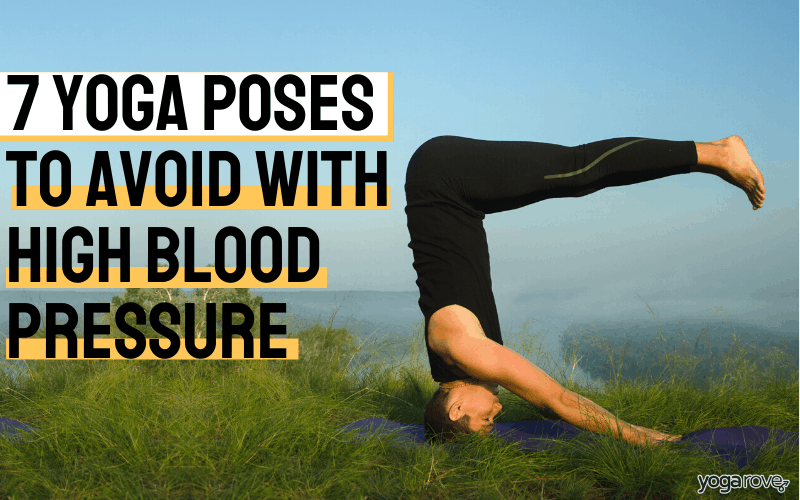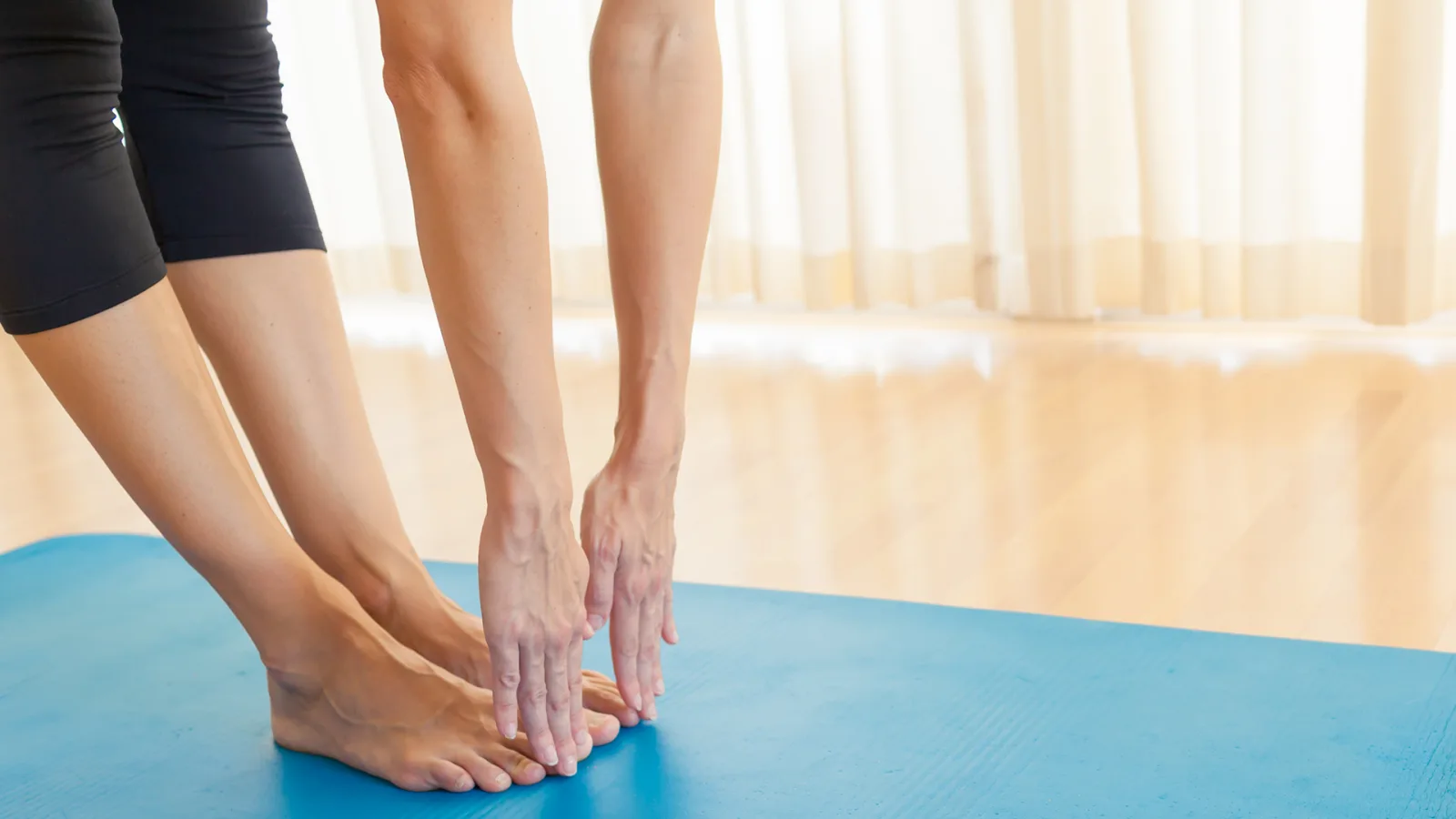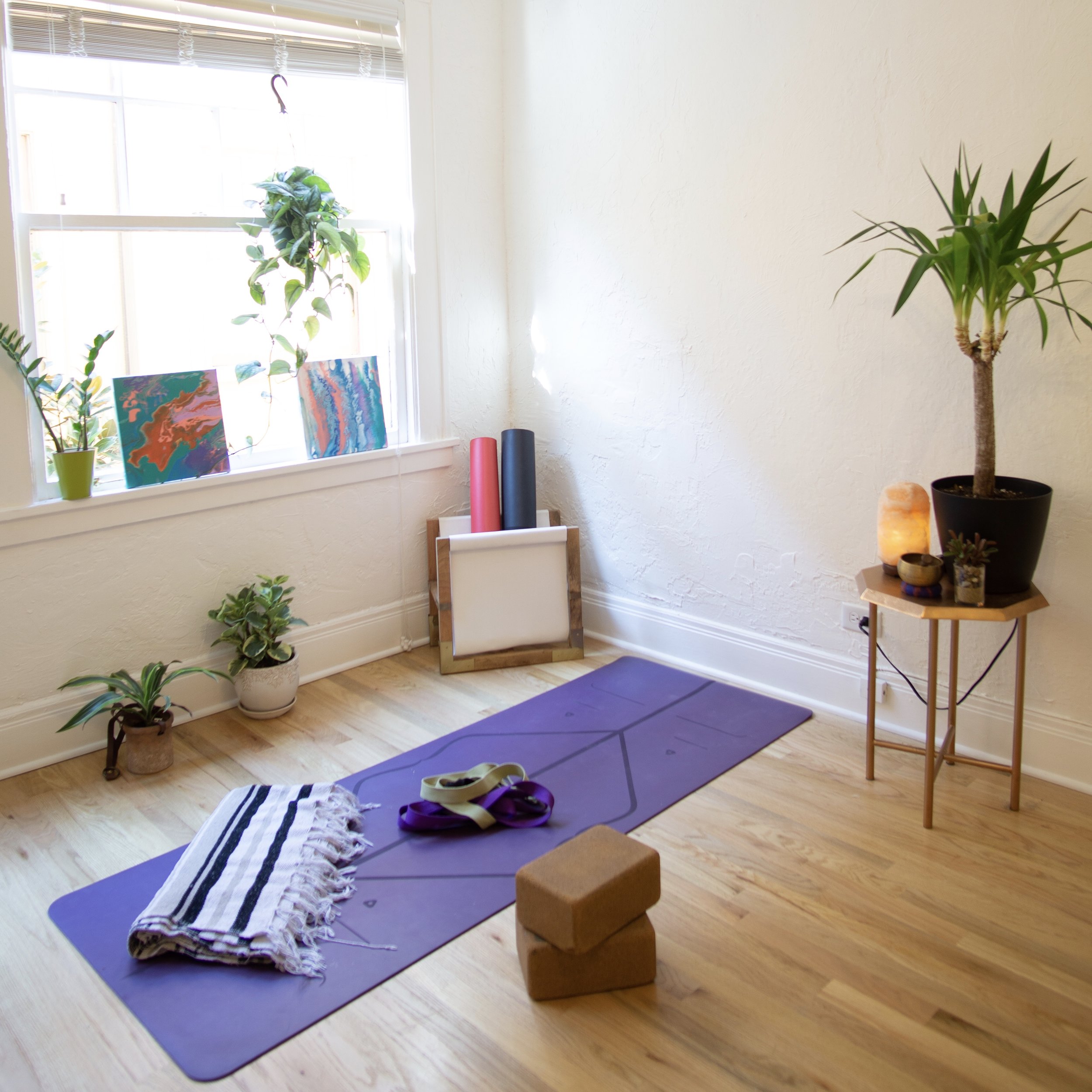Yoga for People with High Blood Pressure

Yoga for People with High Blood Pressure
High blood pressure, or hypertension, affects millions of adults globally and is a leading risk factor for heart disease and stroke. For middle-aged individuals aged 40-55, managing blood pressure is crucial for long-term health. Yoga, a holistic practice combining physical postures, breathing techniques, and meditation, has emerged as an effective complementary approach to managing hypertension. This article explores how yoga can help, which poses are beneficial, and practical tips for incorporating yoga into your lifestyle.

Why Yoga is Effective for High Blood Pressure
Yoga’s effectiveness in managing high blood pressure lies in its ability to address both physical and psychological factors:
-
Stress Reduction: Stress is a significant contributor to hypertension. Yoga reduces the production of cortisol (the stress hormone) through relaxation techniques like meditation and controlled breathing .7 .13.
-
Improved Blood Circulation: Certain yoga poses enhance the flexibility of blood vessels, reducing arterial stiffness and improving circulation .2 .14.
-
Heart Rate Regulation: Yoga helps lower resting heart rate, which in turn reduces the strain on the cardiovascular system .12 .13.
-
Holistic Benefits: Beyond blood pressure management, yoga improves flexibility, strengthens muscles, enhances mental clarity, and promotes overall well-being .5 .11.

Best Yoga Practices for High Blood Pressure
Not all yoga poses are suitable for individuals with hypertension. Below are safe and effective practices:

1. Restorative Poses
These poses promote relaxation and reduce stress:
-
Shavasana (Corpse Pose): Calms the nervous system and lowers blood pressure .6.
-
Sukhasana (Easy Pose): Encourages mindfulness and deep breathing .6.
-
Child’s Pose (Shishuasana): Relieves tension and normalizes circulation .6.

2. Forward Bends
Gentle forward bends help relax the body:
-
Paschimottanasana (Seated Forward Bend): Reduces abdominal fat and stress .6.
-
Janusirsasana (One-Legged Forward Bend): Stimulates abdominal organs and improves circulation .6.

3. Seated Poses
Seated postures are grounding and calming:
-
Virasana (Hero Pose): Enhances blood flow to the legs and regulates blood pressure .6.
-
Baddhakonasana (Butterfly Pose): Improves heart function and relieves fatigue .6.

4. Mild Inversions
While full inversions are risky for hypertensive individuals, mild inversions like:
-
Legs Up the Wall Pose (Viparita Karani): Promotes relaxation without putting strain on the heart .3 .6.
-
Supported Bridge Pose (Setu Bandhasana): Soothes the nervous system and energizes the kidneys .3.

5. Breathing Techniques
Pranayama (breath control) is particularly effective:
-
Nadi Shodhana (Alternate Nostril Breathing): Balances the nervous system.
-
Bhramari (Bee Breath): Reduces stress and induces calmness.
-
Avoid forceful breathing techniques like Kapalabhati as they may elevate blood pressure.

Poses to Avoid
Certain yoga poses can increase blood pressure or strain the cardiovascular system. These include:
-
Inversions like Headstand (Sirsasana) or Shoulderstand (Sarvangasana) .3 .4.
-
Deep backbends such as Wheel Pose (Chakrasana) .4.
-
Intense forward bends or balancing poses that require significant effort or holding breath .4.

Tips for Incorporating Yoga into Your Routine
For middle-aged individuals balancing work, family, and health concerns, integrating yoga into daily life can be manageable with these tips:

1. Start Slowly
Begin with 10–15 minutes of gentle yoga daily. Gradually increase duration as you become more comfortable .5.

2. Create a Dedicated Space
Set up a quiet corner at home with a yoga mat, blocks, and straps to encourage regular practice .9.

3. Consistency Over Intensity
Regular practice is more beneficial than occasional intense sessions. Ai







